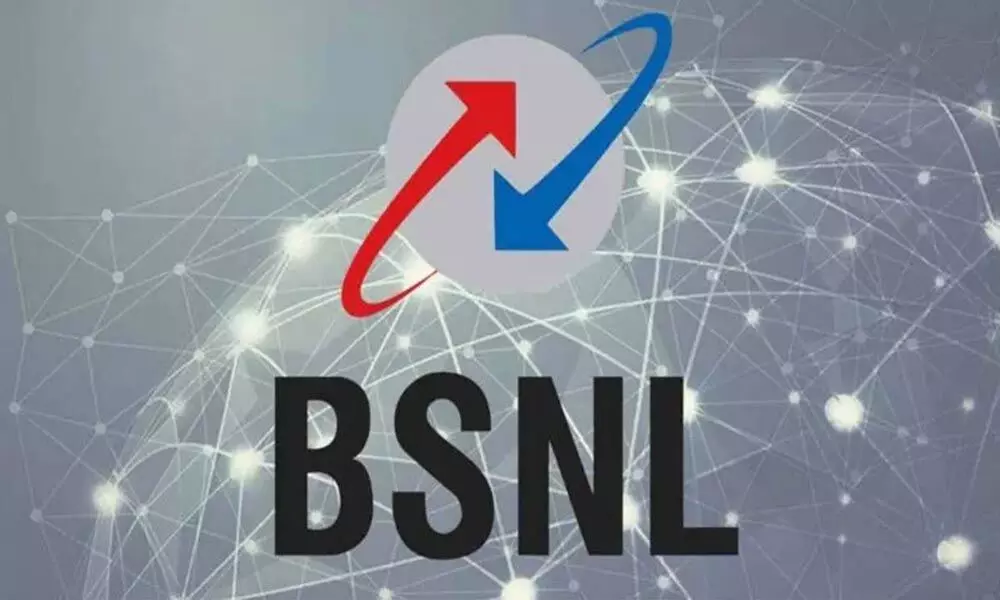No plan for disinvestment of BSNL
Privatising RINL (Vizag Steel Plant) paves way for capital infusion: Union Steel Minister
image for illustrative purpose

Privatisation: 2 PSUs, 2 Stories
• RINL has not increased its profits during the last 10 years, and its cumulative losses were Rs7,122.25 cr
• There is no delay or deficiency in services provided by BSNL due to the implementation of VRS in early 2020
New Delhi: The government has no plans for disinvestment of Bharat Sanchar Nigam Ltd (BSNL), Parliament was informed on Wednesday.
Minister of State (MoS) for Communications Devusinh Chauhan in a written reply to the Lok Sabha also asserted that there is no delay or deficiency in services provided by BSNL due to the implementation of voluntary retirement scheme (VRS) in early 2020. The current strength of employees is sufficient for the operation of the state-owned telecom corporation, Chauhan said. "There is no plan under consideration for disinvestment of BSNL," Chauhan said to a question related to immovable assets of BSNL.
In another major development, Union Steel Minister Ram Chandra Prasad Singh told the Parliament that the strategic disinvestment of government's equity in Rashtriya Ispat Nigam Limited (RINL) would lead to infusion of capital, expansion of capacity, infusion of technology and better management practices.
Coming to BSNL, the value of immovable assets, including buildings, lands, towers, telecom equipment and non-telecom equipment as of March 31, 2021, adds to Rs 89,878 crore (total netblock), as per audited financials. As of December 31, 2021, the all India market share of BSNL stood at 9.90 per cent for mobile subscribers, and 15.40 per cent for wired broadband subscribers. The government had approved a revival plan for BSNL in October 2019, which included measures to reduce the staff cost through a VRS for employees of 50 years of age and above, administrative allotment of spectrum for providing 4G services with funding through budgetary allocation, monetisation of non-core and core assets to generate resources to retire debt, meet capital expenditure and other requirement and debt restructuring by raising of sovereign guarantee bonds.

